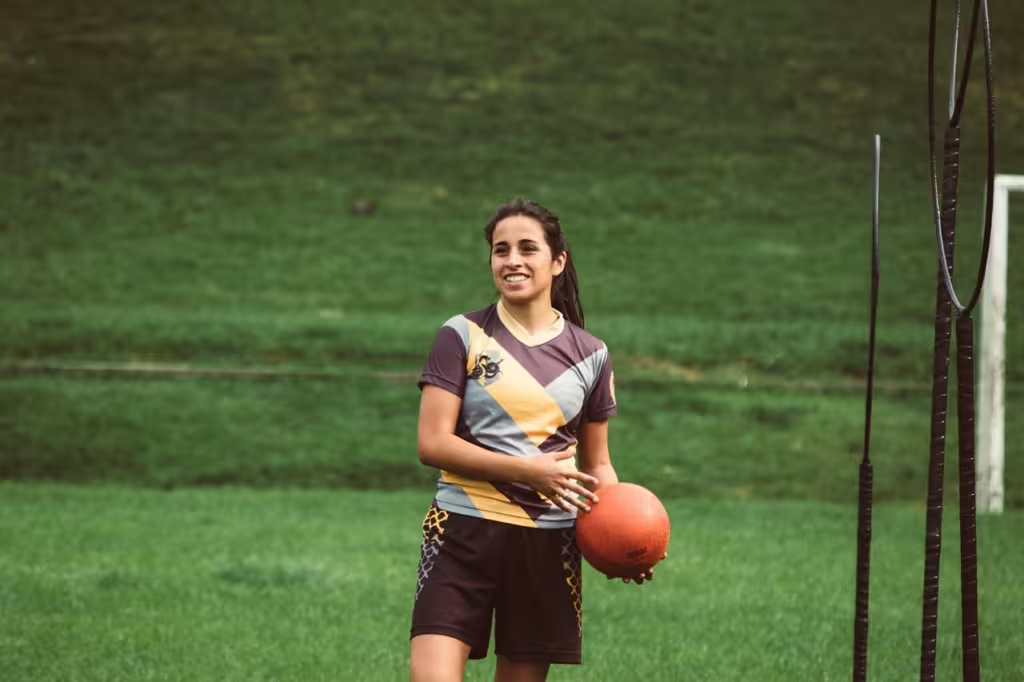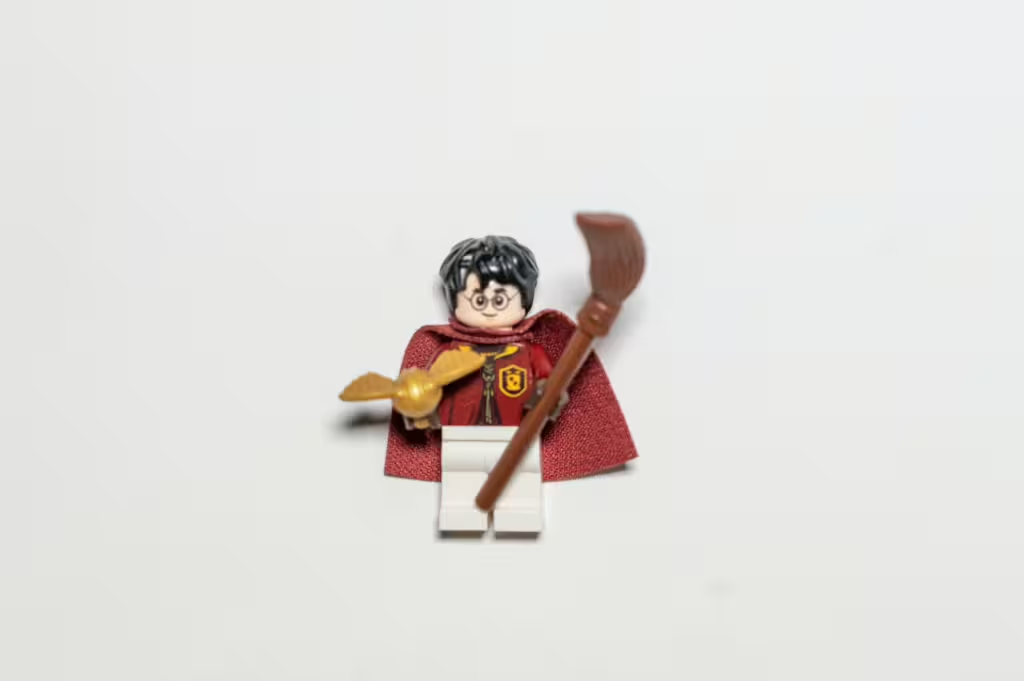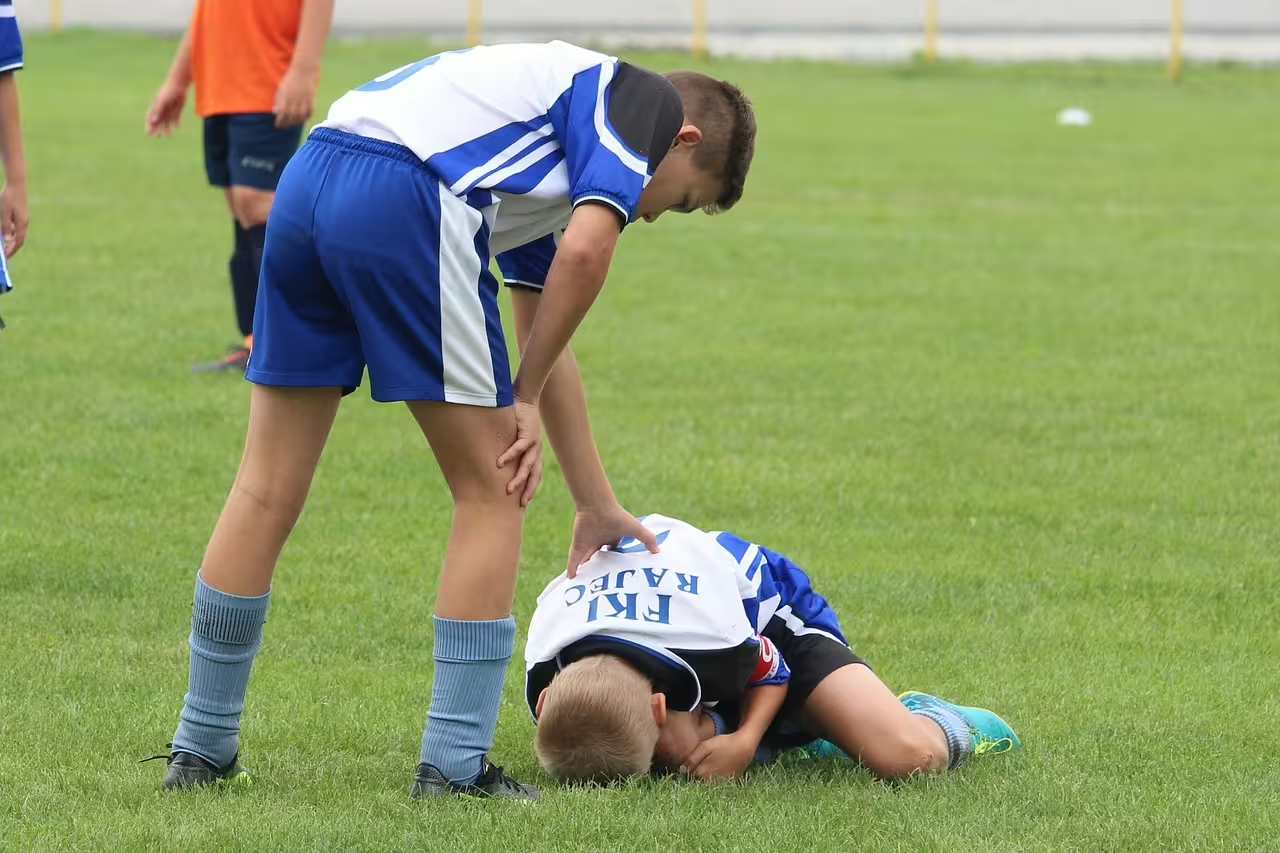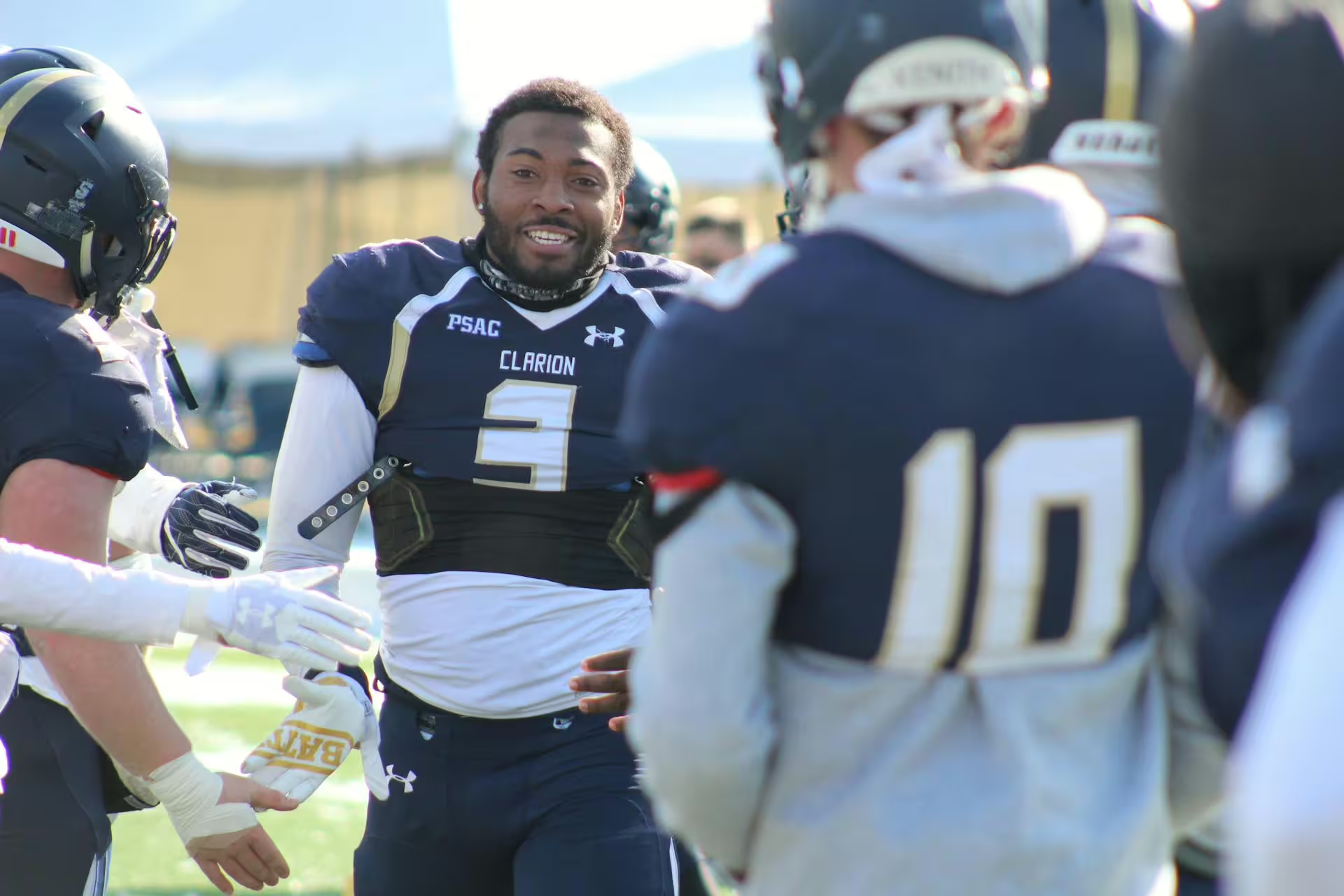Over the past few decades, young readers and moviegoers have been transported to the wizarding world through the lens of the Harry Potter series. As the bulk of the story takes place in a school. it’s stands to reason that the students of Hogwarts School of Witchcraft and Wizardry would play some sort of magical equivalent of youth sports. But unlike soccer, swimming, or hickey, the chosen sport of Hogwart’s students is the magical game known as Quidditch.
In the fantasy world of Harry Potter, this magical sport is played on flying broomsticks. High above the ground, young witches and wizards zoom through the air astride their Cleansweeps and Nimbus 2000s, chasing enchanted balls and trying to score by throwing those balls into the hoops of the opposite team. It’s wildly dangerous, exhilarating to behold, eminently fantastical, and utterly impossible; or is it?
That’s right, for a growing number of children all over the world, the fantasy sport known as Quidditch is more than just the work of someone’s imagination; it’s as real as baseball. How is this possible, you may ask> Why, because the real world version of the sport can be played on the ground, with no magic or enchanted brooms required.
In this article, we will discuss how the fantastical game of Quidditch has found its way into our reality. Youth Quidditch is an up-and-coming sport that has taken off in schools, community centers, and clubs the world over; even though its origins are rooted purely in the real of fiction. So mount your broom and get ready to fly as we discuss how this fast-paced, inclusive, and co-ed team sport has evolved and how it can teach children about agility, strategy, and teamwork, just as readily as any existing youth sport!

From Page to Playground
Quidditch was first introduced in J.K. Rowling’s Harry Potter and the Philosopher’s Stone. In the book series, Quidditch is considered to be the wizarding world’s favorite, and frankly only, major sport. The book version is played on flying broomsticks and combines elements of soccer, basketball, and rugby. Players compete on teams of seven and have four balls in play at a time. Those who have read the books or seen the movies could tell you that Quidditch was one heck of a game. It was dangerous, competitive, and wildly exciting to witness; especially on the big screen.
Then, in 2005, a group of students at Middlebury College in Vermont asked the question: what if we could play Quidditch in real life? Their aim was to turn this fictional sport into a real one. This whimsical college game experiment eventually evolved into a “Muggle” (nonmagic person in the Harry Potter series) version of Quidditch. Today, it has been renamed as Quadball and it comes with an official rulebook, governing bodies, and competitive leagues for teens and adults all over the world. As one might expect, children would eventually want in on the action themselves. Thus, a youth version of the game was created.
What Is Youth Quidditch?
The youth version of Quidditch, also known as Kidditch or Junior Quidditch, is a simplified, safer version of the adult sport. The lack of flying brooms and battering bludgers also makes it far safer than the magical version as well. In any case, the kid’s version keeps the spirit and structure of the game alive, even with a few modified rules in place.
Kidditch basics:
- Team Size: Youth Quidditch teams are typically made up of 5 to 7 players.
- The Broomstick: Players do not ride magical, flying brooms but instead run around the field astride lightweight “broom” facsimiles. These are most often a plastic stick or foam noodle, but the point is that they must stay between the players’ legs at all times.
- The Four Balls:
- Quaffle: A muggle quaffle is about the size of a volleyball, so that’s what is generally used. The quaffle is the main ball of the sport and is used to score points. Players score 10 points per goal by throwing it through the opposing teams hoops.
- Two Bludgers: No magic needed here, either. Muggle dodgeballs are used as bludgers, which players can use to temporarily “knock out” opposing players.
- The Snitch: It might seem difficult to include a snitch in the mundane version of the game, but that doesn’t mean it’s impossible. Quidditch in the real world usually involves a person in a yellow outfit or flag belt that runs around the field, pretending to be the snitch. Catching the Snitch will still earn a team a host of bonus points and often ends the game on the spot.
Regardless of the lack of magic, the overall thrill of the chase and the energy of the game remain the same in the real and fantasy versions.
How the Game Works
If you want to know how a youth Quidditch games typically unfolds, read on:
- Two teams line up on opposite sides of a field.
- The game begins with a “broom up!” call, and players rush out to grab for the three main balls.
- A chasers role is to pass the Quaffle to other players to try and score goals.
- Beaters are meant to throw Bludgers across the field to tag their opponents. If they hit anyone holding a ball, the affected players is then forced to drop their balls and return to their hoops before rejoining the game. In essence, they are “temporarily out.”
- Keepers are as-advertised. They are the goalkeepers that defend their team’s hoops. They can also act as chasers if need be.
- The Seeker’s job, meanwhile, doesn’t begin until later in the game. They are tasked with finding and catching the Snitch runner on the field.
Most Quidditch games are played in two halves that usually last between 20 to 30 minutes.
What Makes Quidditch Unique?
There is no denying that Quidditch is an unusual sport; but there are many such sports like it that exist even without being drawn from works of fantasy. Nevertheless, Quidditch stands out from traditional youth sports in several ways:
Imagination Meets Athletics
Being a game that comes directly from the imagination, it should come as no surprise that Quidditch draws children into a world of fantasy. But that isn’t all it can offer. Kids who play Quidditch gain a genuine athletic experience. It might seem awkward and silly for kids to run around with a broomstick between their legs, but this piece of the rules actually sort of levels the playing field. Moreover, it adds a whimsical challenge to the sport that keeps the game more lighthearted and fun for everyone.
Co-ed and Inclusive
Gender inclusivity is a big deal in youth Quidditch (and no, the irony is not lost on us). Regardless of the author’s views in gender, the general aim of youth Quidditch is in line with that of most youth sports; to foster an environment where all kids feel welcomed and valued, regardless of their identity. Thus, teams are typically co-ed, and many leagues have rules requiring a balance of gender representation on the field.
Multisport Skills
We have spoken about the value of giving kids a multi-sport experience in the past, and frankly, Quidditch kind of checks all those boxes! Think about it, youth Quidditch combines elements of dodgeball, tag, soccer, and capture the flag. With these elements all mixed into one, kids learn better agility, endurance, strategic thinking, communication skills, and hand-eye coordination.

Youth Quidditch Around the World
Youth Quidditch is a global sport and its influence is spreading. As it happens, many countries have adapted the game to fit the needs of their local communities and different age groups. In the United States, youth programs headed by organizations like US Quadball (USQ) and Kidditch USA have popped up all over the country. Some schools and camps have even incorporated Quidditch into PE classes or group sports activities.
Across the Pond, in the United Kingdom, organizations like QuidditchUK runs youth leagues and school outreach programs. Unsurprisingly, these events tend to coincide with literacy events and book festivals. School enrichment programs in Australia often include youth Quidditch on their dockets as well.

Cultured Athlete Says…
As you can see, what started as a fantasy has emerged for a real source of friendship, fun, and fitness for thousands of children all over the world. Whether you like, love, loathe, or are wholly ambivalent about Harry Potter, it is hard to deny its success and influence on our world.
If your child wants to play, don’t dismiss it as the make-believe notions of a kid, try and remember that the real magic of Quidditch has little to do with flying brooms and everything to do with teamwork, strategy, and skill.
At it’s core, Quidditch is a sport that leads with imagination but only concludes because of the skill of the players involved. Like soccer, the roles of each player— be they Keeper, Seeker, or Chaser—is important to the success of the entire team; fantasy or not, that is the way real team sports function. Muggle Quidditch invites kids to become heroes of their own storiesand become their own kind of heroes.
Discover more from CulturedAthlete
Subscribe to get the latest posts sent to your email.






